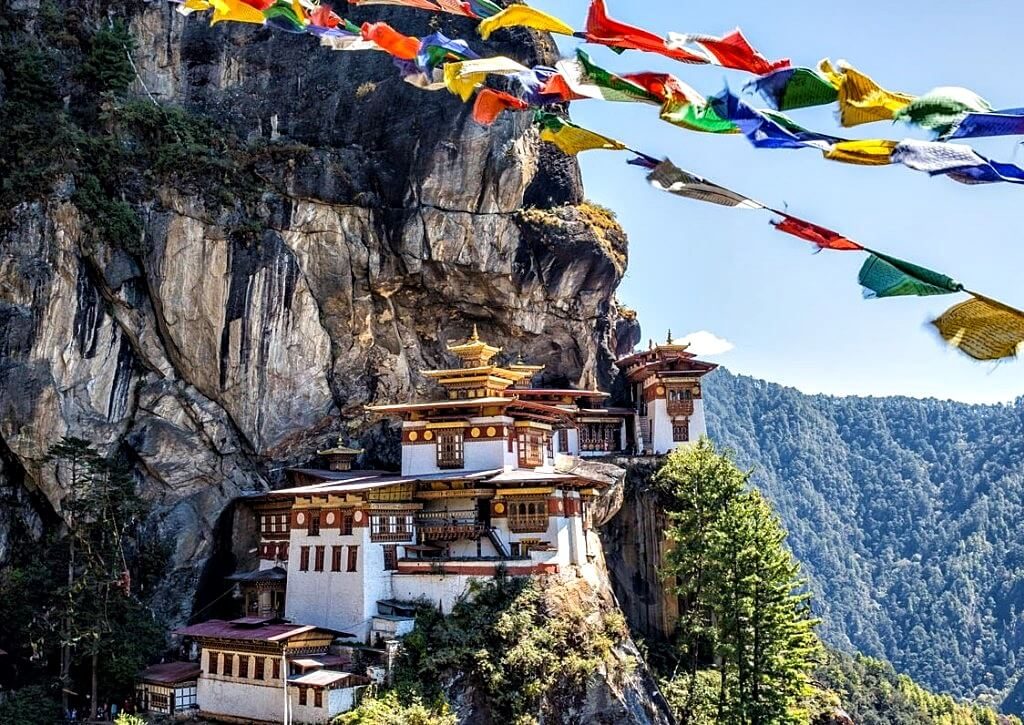
This website uses cookies so that we can provide you with the best user experience possible. Cookie information is stored in your browser and performs functions such as recognising you when you return to our website and helping our team to understand which sections of the website you find most interesting and useful.
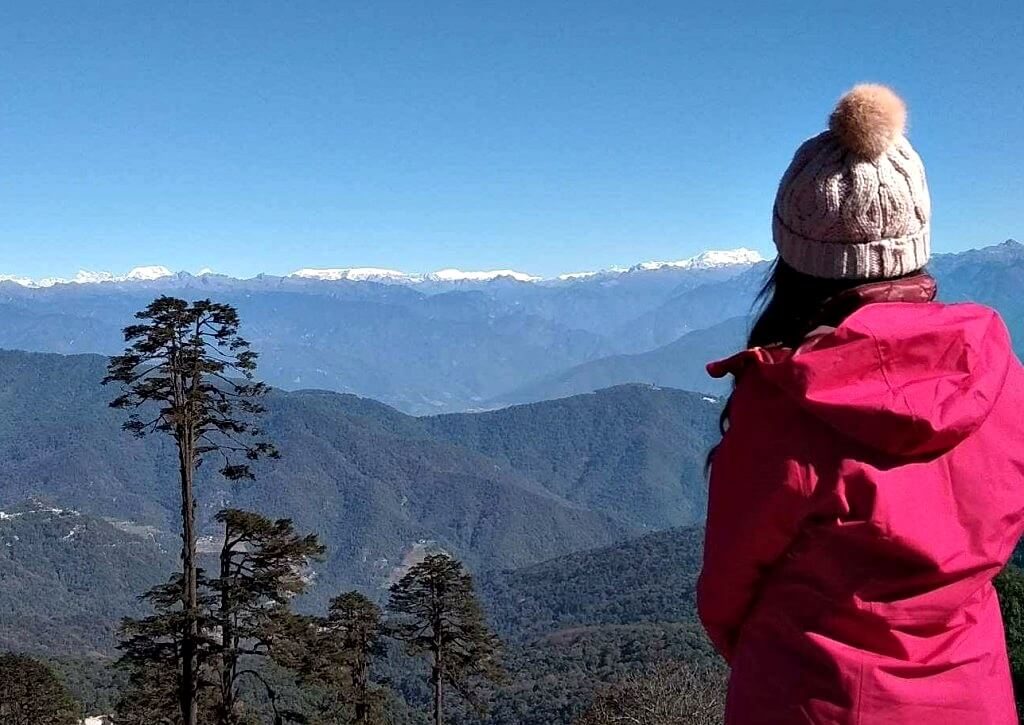
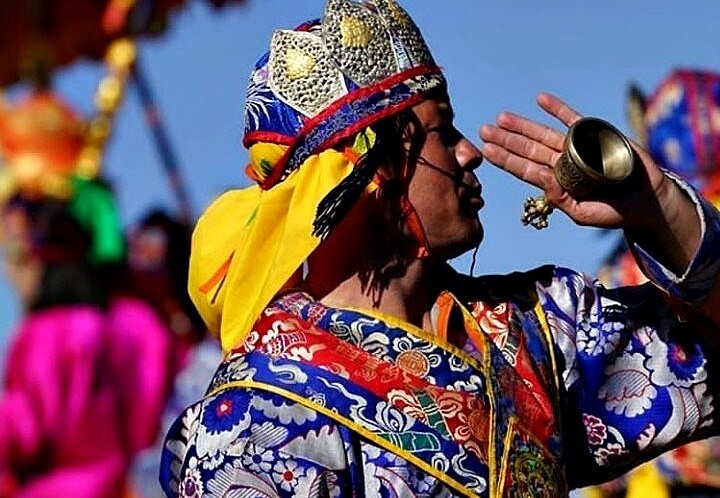

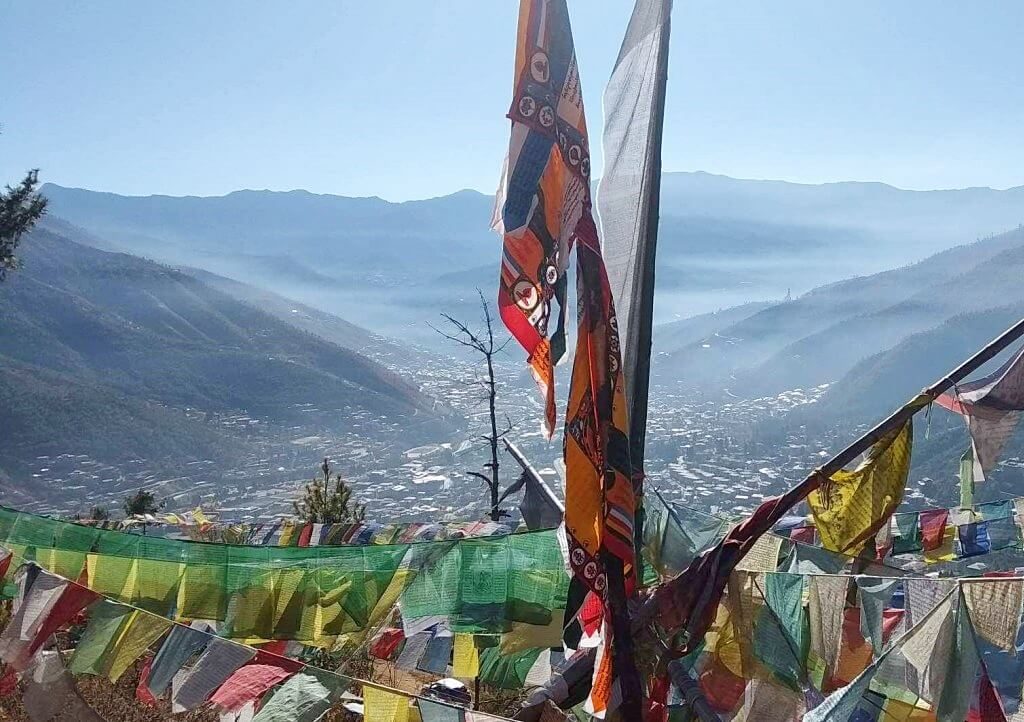
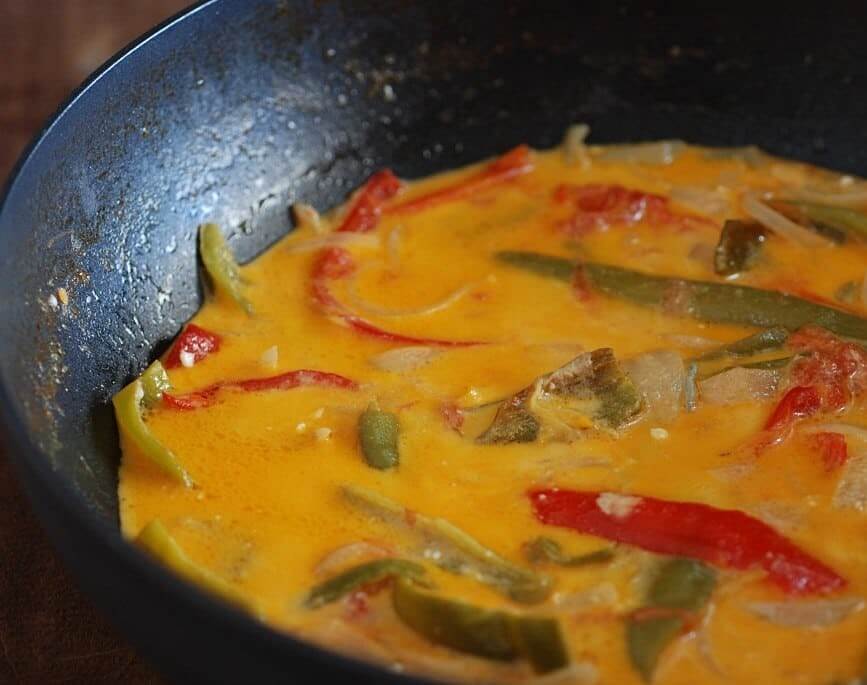

3 Comments. Leave new
Spent 6 days in Bhutan in October 2019. It was awesome for all of the reasons noted in Melissa’s article above. The $500/day per couple was a reasonable charge IMO. My biggest takeaway for those planning a trip to Bhutan would be to make sure you visit the rural areas of the country, not just Thimphu and Paro. While these two towns are quite nice, they offer a very different experience than you get in the countryside.
Bhutan is going to be my next travel spot, I have known so much from your blog post. My target is the spend most of the time in Paro. The photos were also amazing.
Thank you so much for this informative blog post.
All good to know. Bhutan is so special because mass tourism hasn’t changed it much at all. Steady trickles of tourists due to that 2 bills daily deal ensure Bhutan keeps culture and natural beauty intact. A little like New Zealand, a place I visited for 3 months that sends budget travelers scrambling LOL. Main reason why the place is so quiet and beautiful. Tweeted for you.
Ryan